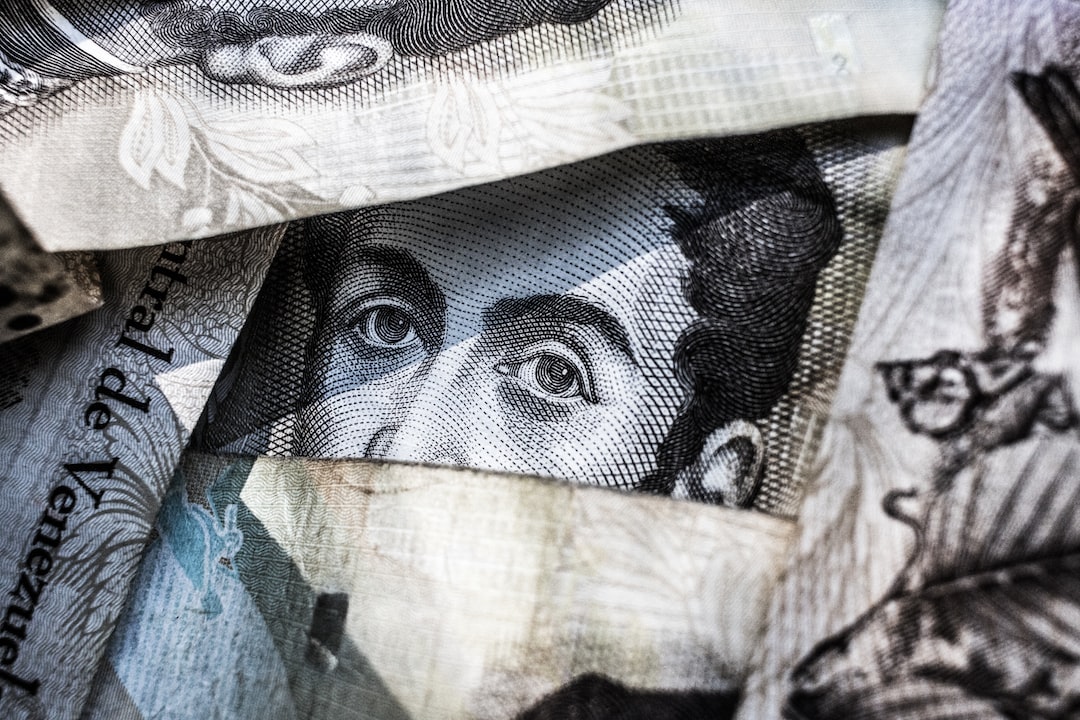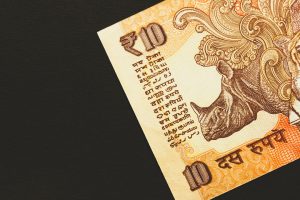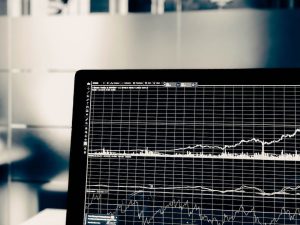Forex or foreign exchange market is the largest financial market in the world with over $5 trillion traded daily. Forex trading involves buying and selling currencies with the aim of making a profit from the price fluctuations. One of the key factors that determine the profitability of a forex trade is the timing of the trade. In this article, we will explore the various factors that traders need to consider when timing their forex trades.
Understanding Forex Trading Hours
The forex market is open 24 hours a day, five days a week. The market opens on Sunday at 5 pm EST and closes on Friday at 5 pm EST. However, not all trading sessions are created equal. The forex market is divided into three major trading sessions: the Asian, European, and American sessions.
The Asian session starts at 7 pm EST and ends at 4 am EST. During this session, the Japanese yen, Australian dollar, and New Zealand dollar are the most actively traded currencies. The European session starts at 2 am EST and ends at 11 am EST. This session is dominated by the euro, British pound, and Swiss franc. Finally, the American session starts at 8 am EST and ends at 5 pm EST. This session is characterized by high volatility due to the overlap of the European and American sessions.
Choosing the Right Timeframe
The timeframe that traders use to analyze the market is also an important factor when timing their trades. Traders can choose from a variety of timeframes ranging from minutes to months. The most commonly used timeframes are the 1-hour, 4-hour, and daily charts.
Traders who prefer short-term trading use the 1-hour and 4-hour charts to identify short-term trends and trade accordingly. On the other hand, traders who prefer long-term trading use the daily charts to identify long-term trends and trade accordingly.
Using Technical Analysis
Technical analysis is a popular method used by forex traders to time their trades. Technical analysis involves using past price data to identify trends and predict future price movements. Traders use a variety of technical indicators such as moving averages, MACD, RSI, and Fibonacci retracements to identify entry and exit points.
Traders who use technical analysis often use a combination of indicators to confirm their trading signals. For example, a trader may use a moving average crossover and RSI to confirm a buy signal.
Using Fundamental Analysis
Fundamental analysis is another method used by forex traders to time their trades. Fundamental analysis involves analyzing economic and geopolitical events to predict future price movements. Traders who use fundamental analysis often look at economic indicators such as GDP, inflation, and employment data to identify trends.
For example, if a country’s GDP data shows strong growth, traders may expect the country’s currency to appreciate in value. Similarly, if there is political instability in a country, traders may expect the country’s currency to depreciate in value.
Using News Releases
News releases are another important factor that traders need to consider when timing their trades. News releases can cause significant price movements in the forex market. Traders need to stay up to date with economic and geopolitical news to identify potential trading opportunities.
Traders should pay attention to high impact news releases such as central bank rate decisions, employment data, and GDP data. These news releases can cause significant volatility in the market and traders need to be prepared to capitalize on these movements.
Conclusion
Timing is an important factor in forex trading. Traders need to consider a variety of factors such as trading hours, timeframe, technical and fundamental analysis, and news releases when timing their trades. By understanding these factors, traders can improve their chances of making profitable trades in the forex market.





